

Skin redundancy is a critical factor when considering high definition body contouring. This is because high definition liposuction predicates maximum removal of fat. When maximum fat removal is achieved, the overlying skin will intuitively become redundant. The analogy I often use is like that of a piece of fruit or balloon. If you depulp the fruit or deflate the balloon, the outer shell will become wrinkly! If your skin appears wrinkled, often referred to as cellulitic in appearance, then this may be considered a botched liposuction procedure. Several measures are utilized to counter the creation of skin redundancy both during surgery as well as postoperatively. These include skin retraction created by VASER liposuction, skin and fibrospetal network collagen contraction caused by Renuvion subdermal coagulation, and skin excision or tucking procedure.
Skin retraction with VASER liposuction is an intraoperative measure that allows us to avoid skin redundancy. Throughout your entire body, the skin integrity is maintained by a series of collagen made cables that traverse from the skin deep to the underlying muscles. These structural cables are surrounded by your fat cells. In essence, the fat cells act like sponges that prevent the cables from shortening down. When fat is removed during liposuction, this allows these cables, otherwise known as fibroseptal network, to contract and allow for skin retraction. What makes VASER liposuction particularly more effective in skin retraction is the fact that the superficial soft tissues layers possess higher density of cables than the deeper layers of the soft tissues. Since only VASER liposuction is unique in its ability to remove superficial fat, this makes it most effective in its ability to cause skin retraction. When skin retraction becomes possible using 360-degree body contouring, then the entire skin of your body will retract up, described as skin redraping. In summary, skin tightening with VASER liposuction is indicated for minimal skin redundancy.
Skin retraction with Renuvion subdermal coagulation is even more aggressive than removal of the spongy fat cells interspersed among the collagenous cables discussed above. This is because Renuvion subdermal coagulation actually causes the collagen molecules making up the cables to contract. By exposing the collagen molecules to heat, collagen molecules contract like shrink wrap. With spongy fat cells removed, tightening of the collagen bands results in even more aggressive skin retraction. Skin tightening with Renuvion subdermal coagulation is indicated for moderate skin redundancy.
Skin tightening utilizing skin excision is the gold standard for eliminating and/or avoiding skin redundancy during body contouring. Strategically designed skin excisions can be used to tighten the skin over the abdomen, arms, upper back, lower back, buttocks, and medial thighs. Procedures have been developed to address any and all of the above areas and these include the mini tummy tuck, the reverse tummy tuck, brachioplasty, upper body lift, lower body lift, lateral thigh and buttock tuck, and medial thigh tuck. Gauging of the amount of skin to be excised is best achieved following a physical examination during which the skin to be removed is distracted to see the optimal degree of skin to be excised. In general, skin excision is indicated in patients with moderate to severe skin redundancy.
In conclusion, avoiding skin redundancy during high definition body contouring is critical to avoid botched liposuction surgery. Degree of skin redundancy will dictate maneuvers to tighten the skin.
